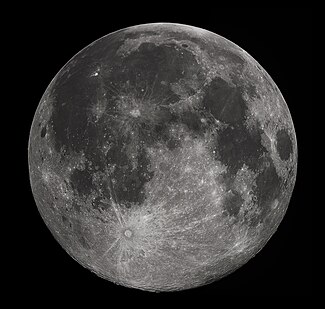From today's featured articleCentral Link is a light rail line serving 16 stations in Seattle and its southern suburbs, in the U.S. state of Washington. Managed by Sound Transit, it travels 20 miles (32 km) between University of Washington and Angle Lake stations. The line connects the university campus, Downtown Seattle, the Rainier Valley, and Sea–Tac Airport. Central Link runs at a maximum frequency of every six minutes during peak periods, and in 2018 carried an average of 72,000 daily passengers on weekdays. Trains have two or three cars that can each carry 194 passengers and accommodate wheelchairs and bicycles. Construction of the light rail system began in 2003 and the first section opened on July 18, 2009, terminating at Westlake and Tukwila International Boulevard stations. The line was extended to the airport in December 2009, the university in March 2016, and Angle Lake in September 2016; further extensions are planned between 2021 and 2024. (Full article...)
Recently featured:
Did you know...
|
In the news
On this dayJuly 18: Feast day of Bartolomé de las Casas (Episcopal and Lutheran churches)
Boniface of Savoy (d. 1270) · Nelson Mandela (b. 1918) · M.I.A. (b. 1975) |
Today's featured picture

|
The Moon is the only natural satellite of Earth and the fifth largest moon in the Solar System. Owing to its synchronous rotation around Earth, the Moon always shows essentially the same face: its near side, which is marked by dark volcanic maria, as well as the bright ancient crustal highlands and the prominent impact craters. However, variations in the Moon's orbital speed due to its orbital eccentricity cause a libration of several degrees of longitude; the alignment of the Moon's orbital plane causes a similar libration in latitude. The Moon was first reached in September 1959 by the Soviet Union's unmanned Luna 2, followed by the first successful soft landing by Luna 9 in 1966. The United States Apollo program achieved the only manned lunar missions to date, including Apollo 8 in 1968, the first manned orbital mission, as well as Apollo 11, the first of six manned landings between 1969 and 1972. This picture shows the near side of the Moon close to its greatest northern ecliptic latitude, so the southern craters are especially prominent. Tranquility Base, Apollo 11's landing site, is located near the mid-right in the photograph. Photograph credit: Gregory H. Revera
Recently featured:
|
Other areas of Wikipedia
- Community portal – Bulletin board, projects, resources and activities covering a wide range of Wikipedia areas.
- Help desk – Ask questions about using Wikipedia.
- Local embassy – For Wikipedia-related communication in languages other than English.
- Reference desk – Serving as virtual librarians, Wikipedia volunteers tackle your questions on a wide range of subjects.
- Site news – Announcements, updates, articles and press releases on Wikipedia and the Wikimedia Foundation.
- Village pump – For discussions about Wikipedia itself, including areas for technical issues and policies.
Wikipedia's sister projects
Wikipedia is hosted by the Wikimedia Foundation, a non-profit organization that also hosts a range of other projects:
Free media repository
Wiki software development
Wikimedia project coordination
Free textbooks and manuals
Free knowledge base
Free-content news
Collection of quotations
Free-content library
Directory of species
Free learning materials and activities
Free travel guide
Dictionary and thesaurus



